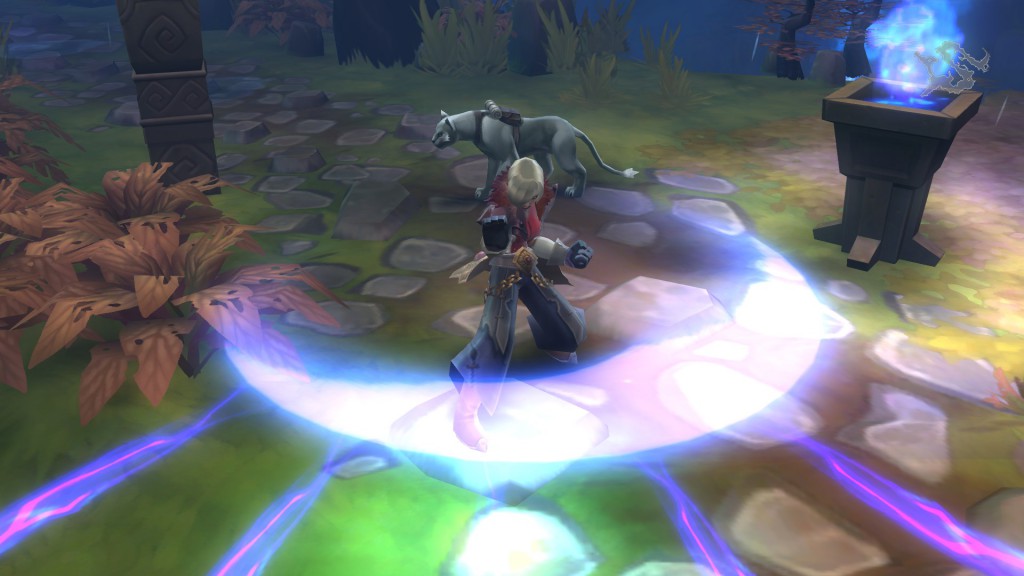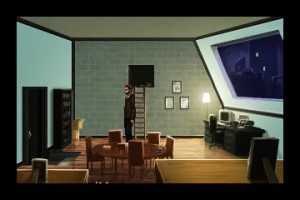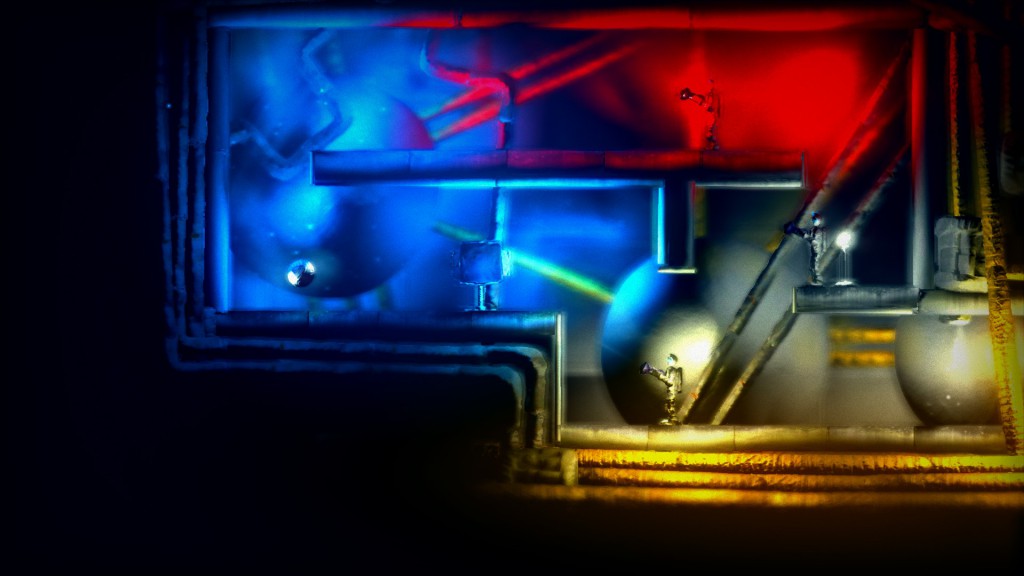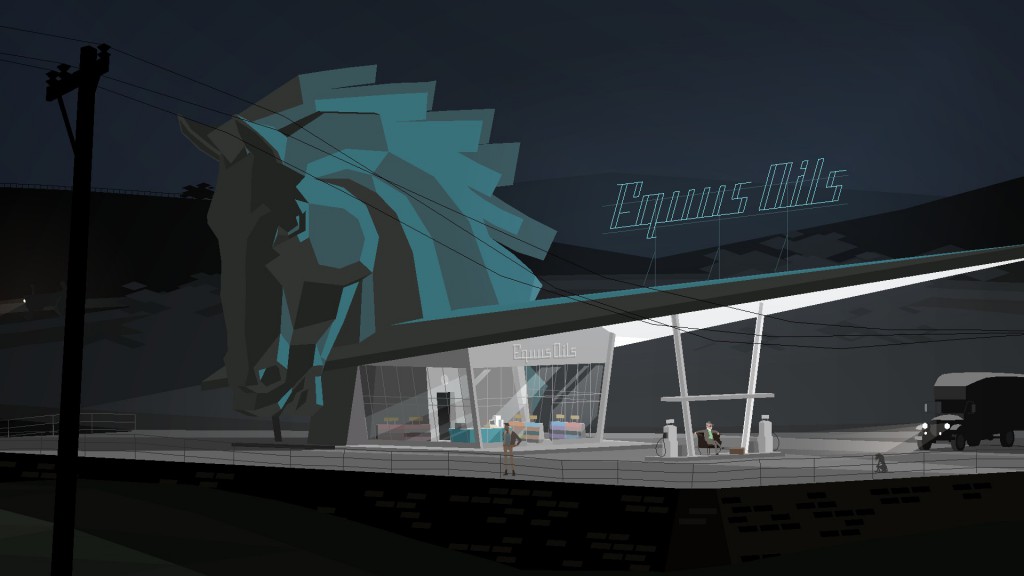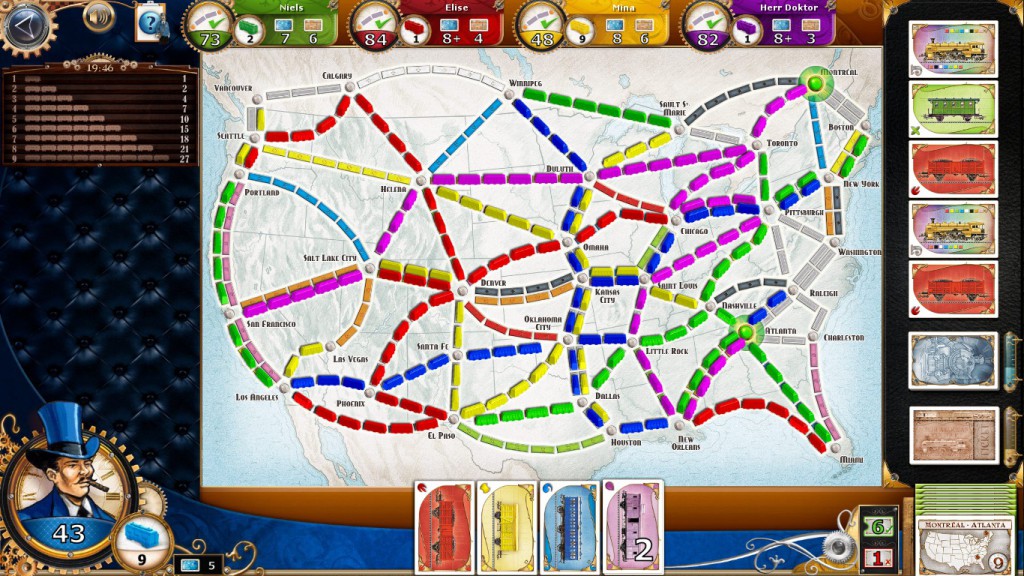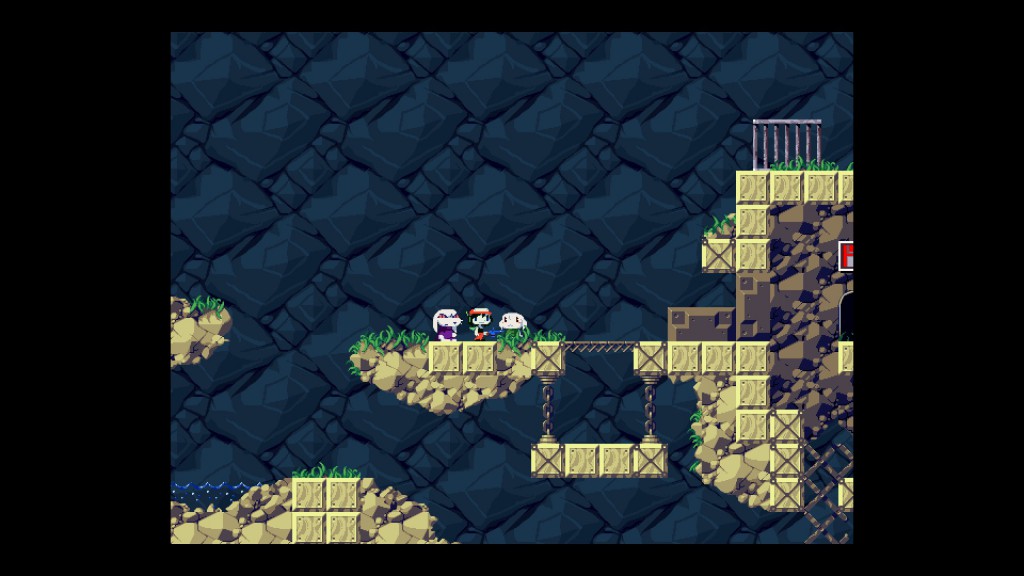Det finns en ramhistoria i Torchlight II. Alkemisten (the Alchemist) vill rädda världen från Glödgisslet (the Ember Blight), en svår sjukdom som verkar vara en säker följd av att utsättas för stora koncentrationer av Glöd (Ember). Hans plan går ut på att suga kraft från några Väktare (Gueardians) och skicka in den i koncentrerad form in i Ordraks hjärta (Heart of Ordrak). Det betyder tyvärr att han härjar kors och tvärs över landet och försör de godas styrkor i processen, och att Underjordarna (the Nether Beings) kan använda det fulladdade hjärtat för att skapa en permanent portal till vår värld. Spelaren får lov att följa Alkemistens i spåren efter hans härjningar för att försöka stoppa honom i hans plan.
Det finns en ramhistoria, men det är inte något som man egentligen behöver bry sig om.
Torchlight II är ett spel där man knallar omkring i världen, slår på elakingar, plundrar deras fickor och skattkistor, får nya krafter, slår på fler elakingar, hjälper snällingar i trångmål, plundrar lite mer, och har roligt mest hela tiden. Kort sagt ett typiskt actionrollspel, och ett roligt sådant tack vare den fina variationen på utrustningen man kan använda och på krafterna man utvecklar längs vägen. Det finns bara fyra klasser man kan spela som, men inom varje klass finns det flera tydliga inriktningar man kan välja för att utveckla sig.
Efter att jag “klarat spelet”, det vill säga räddat världen, på normal svårighetsgrad med glödmagikern Strulia, tillsammas med katten Misse, måste jag säga att det kändes en smula för enkelt. En svårare svårighetsgrad rekommenderas om det ska kännas utmanande. Spelet i sig var enkelt att förstå sig på, att veta vad man kan och inte kan göra, och användargränssnittet kändes liksom självklart även om det tog ett tag för mig att lära mig styra på ett vettigt sett. Det kan bero på att jag inte spelat Torchlight, till vilket det här spelet förstås är en efterföljare.
Torchlight II är roligt, och i och med att det finns ett samarbetsläge tror jag att jag kommer att återvända för att i goda vänners sällskap slå på elakingar, samla mumma och utveckla talanger.
